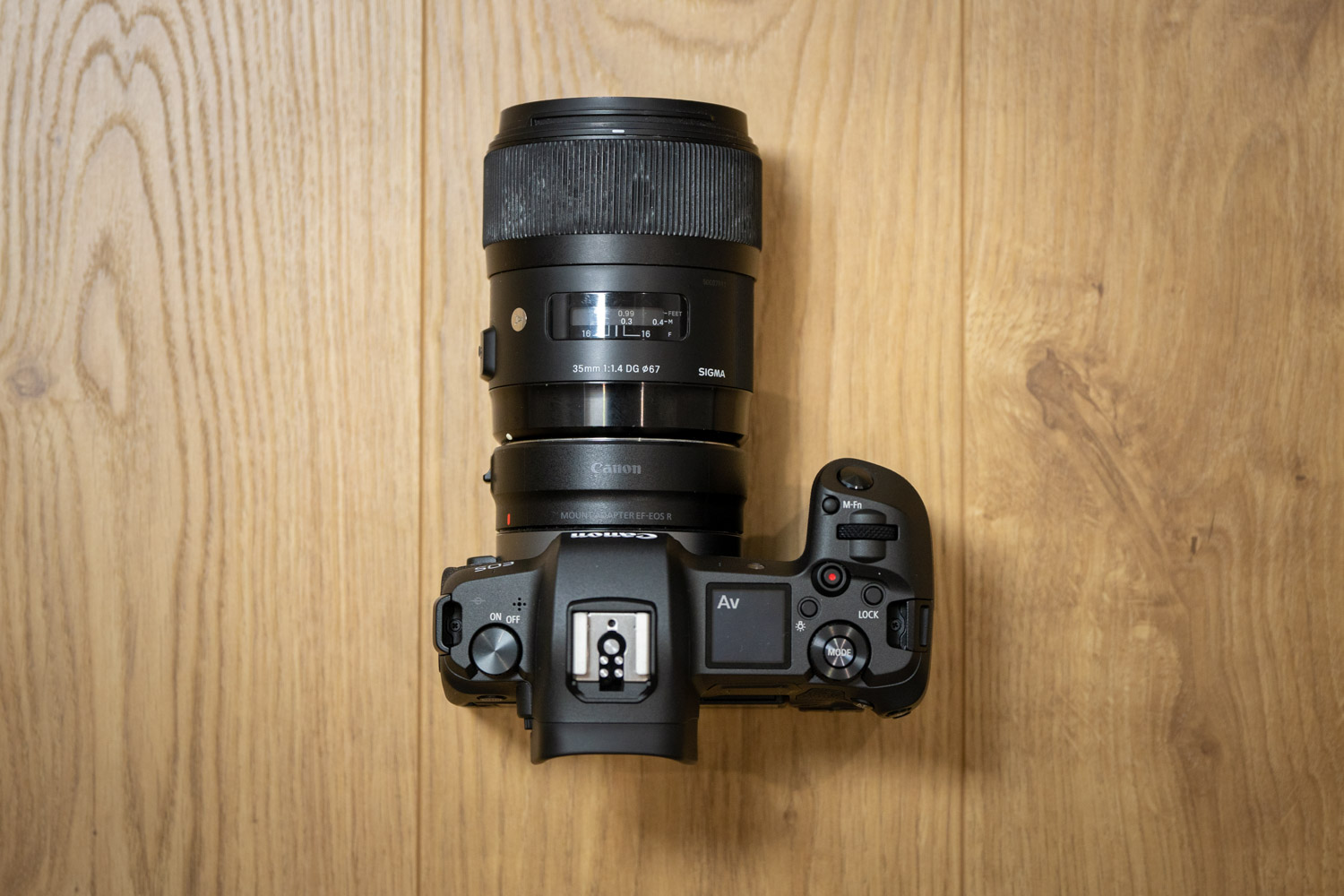

The refresh rate is fast and the resolution is crisp. The technical specs are one thing, but moving from an optical viewfinder to the EVF in the EOS R isn’t an issue. As is the case with any mirrorless, what you see in the EVF is what you get. Gone are the days of completely blowing an exposure. You’ll spend less time cropping in post, which is a huge bonus.

The AF selection coverage, 88% horizontal and 100% vertical, is mind-blowing compared to an SLR. Gone are the days of being locked into a few dozen AF points clustered in the middle of your frame. This is a great improvement in Focus Point Coverage
CANON EOS R REVIEW PRO
While the powerhouse pro bodies are still slightly quicker for initial focus lock in servo, the EOS R has a better chance of delivering more pictures in focus from the set. In my past two months with the Canon EOS R, my hit rate is near 90 percent. The hit rate of any camera in good light during a portrait session will be much higher. This includes everything from dimly lit prep photos all the way to bodies moving on the dance floor. If I had to take an educated guess, my hit rate using an SLR over the past 4 to 6 years would be anywhere from 40 to 60 percent. The Canon EOS R gives you that same increased hit rate without looking like Aunt Sally trying to use a dSLR for the first time. I hate feeling like a tourist at the Grand Canyon, but it’s a sacrifice I’m willing to make in exchange for knowing my pictures will be in focus. It does some things well, but Sony’s current a7 models are more like a Tesla in comparison – check the Canon EOSĮver since the 5D Mark IV arrived with its dual-pixel autofocus, I’ve found myself shooting from the rear LCD more often than not. However, due to its finicky controls, odd ergonomics and laggy interface, you’ll miss moments, because the camera just can’t keep up. In short, when shooting with the Canon EOS R, your ability to hit focus and nail exposure increases dramatically over any dSLR I’ve ever shot with. The electronic viewfinder has its advantages over the optical, but Canon’s go at their first full-frame mirrorless, the EOS R, falls short in many areas. However, with Sony forcing Canon’s hand, its inevitable that we’ll all one day be shooting mirrorless. I love its size, dual-pixel autofocus and for the most part, it does a good job of keeping up with my editorial approach to weddings. So where does that leave me, having been a Canon user for nearly 10 years now? I enjoy the 5D Mark IV. Now, it seems as if nearly all of my colleagues are jumping ship from Canon & Nikon to Sony. When Sony announced the first iteration of the a7 in 2013, not many photographers thought much of it.


 0 kommentar(er)
0 kommentar(er)
